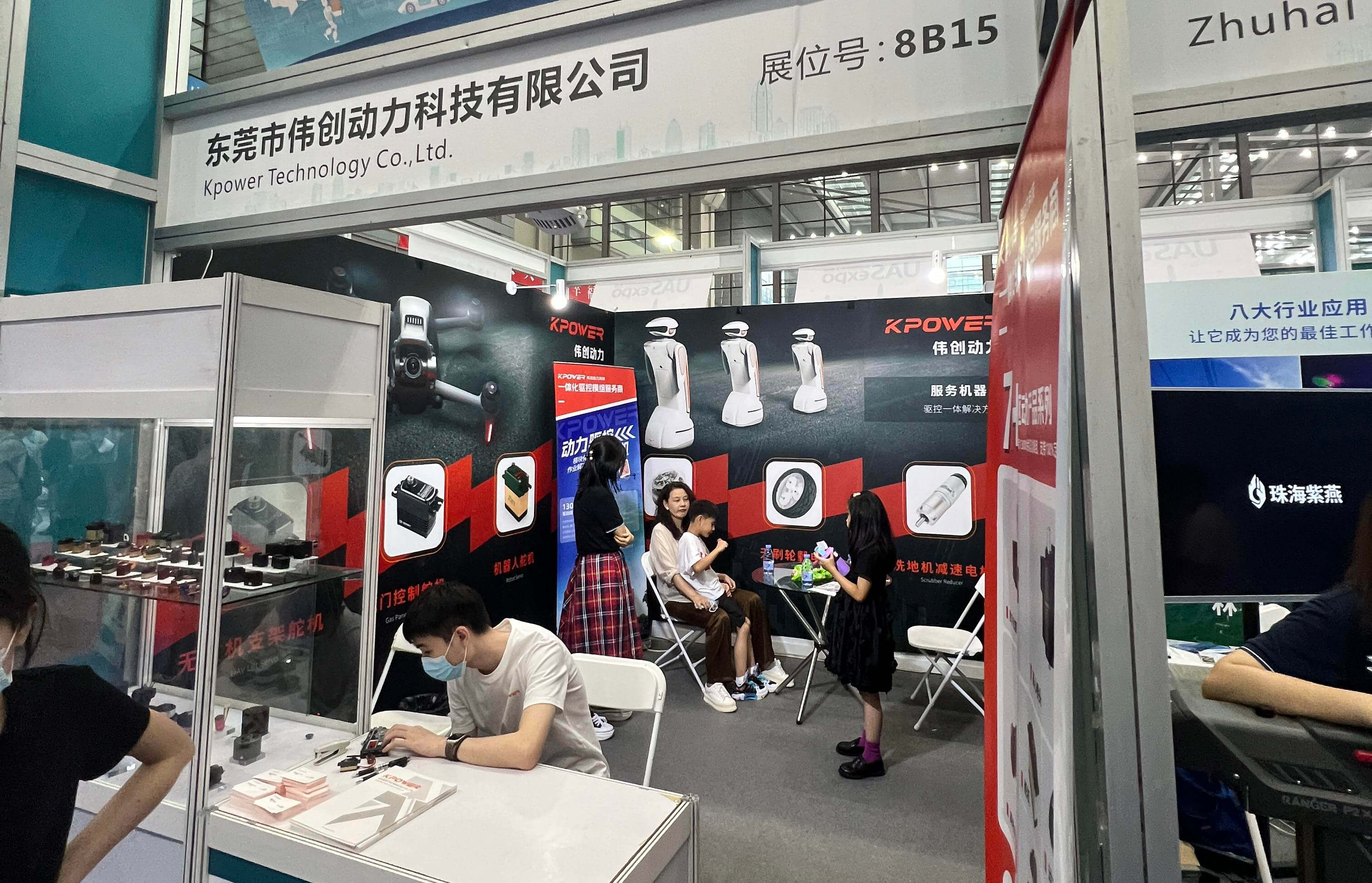Unraveling the Mystery: Is a Servo Motor AC or DC?
When you're delving into the world of automation, robotics, or just tinkering with electronic projects, you'll inevitably stumble upon the term "servo motor." These versatile and precise machines are at the heart of many modern systems — from robotic arms assembling cars to camera autofocus mechanisms — but a question often lurks in the minds of enthusiasts and engineers alike: Is a servo motor AC or DC?

The answer isn’t a simple yes or no, because servo motors come in different variants, each designed with specific strengths and suited for particular applications. To understand this, we need to explore what a servo motor is, the core differences between AC and DC motors, and how these relate to servo systems.
What is a Servo Motor?
At its core, a servo motor is a motor coupled with a control circuit, enabling precise control of angular or linear position, velocity, and acceleration. It’s not just about spinning; it’s about spinning accurately and repeatedly to a specified position. That control aspect is what makes servo motors so indispensable in robotics, CNC machinery, automated manufacturing, and even remote-controlled vehicles.
Unlike standard motors, servo systems incorporate feedback mechanisms—such as encoders or resolvers—that constantly monitor the motor’s position, feeding this data back to a controller, which then adjusts power to maintain precise movement. This closed-loop control is what sets servo systems apart from simple motor setups.
The Fundamental Difference: AC vs. DC Motors
Before diving deeper into servo-specific variants, let's clarify what distinguishes AC and DC motors in general, as these differences directly influence their roles as servo motors.
AC Motors: Powered by alternating current, these motors are typically known for durability, simplicity, and the ability to operate directly from the power grid. They often have a fixed speed related to the frequency of the supply voltage; AC motors are common in applications such as fans, pumps, and large industrial machines.
DC Motors: Powered by direct current, DC motors are prized for their ease of speed control and quick response. They are prevalent in battery-powered devices, electric vehicles, and precise position control applications.
But when it comes to servo motors, the picture gets more nuanced. Not all servo motors are strictly AC or DC, and manufacturers have designed their motors to leverage the benefits of both types for different uses.
The Landscape of Servo Motors
Today’s servo motors are broadly categorized into AC servo motors and DC servo motors. Here's a quick overview:
DC Servo Motors: Traditionally, these are brushed DC motors. They utilize brushes and a commutator to direct current to the armature windings, producing torque. Their fast response and straightforward control make them ideal for applications requiring rapid changes in position or speed.
AC Servo Motors: These are usually synchronous or induction motors enhanced with sophisticated control electronics. They tend to be more robust, offer higher reliability, and are suitable for high-power applications and environments with challenging conditions.
Within each category, there's further differentiation based on the type of control method, construction, and specific performance characteristics.
Understanding the Role of Power Sources
A key to understanding whether a servo motor is AC or DC lies in its power source and control method:
DC Servo Motors: Can be powered via a direct current supply. They often use brushes and commutators, but brushless DC (BLDC) variants exist that incorporate electronic commutation, combining the advantages of DC and AC systems.
AC Servo Motors: Are powered from an AC supply, but their operation involves sophisticated inverters and controllers that precisely regulate their behavior, effectively transforming the AC power input into a controlled rotational motion.
Advantages and Disadvantages: AC vs. DC Servo Motors
DC Servo Motors:
Advantages: Fast and easy speed control, high torque at low speeds, simple control circuitry (especially with brushed variants). Disadvantages: Brush wear and maintenance, less suited for high-power or harsh environments, less efficient over time.
AC Servo Motors:
Advantages: Higher reliability, lower maintenance, better performance at high speeds and power levels, more suitable for industrial use. Disadvantages: More complex and expensive control electronics, requires a specialized inverter.
Practical Application and Selection
When choosing between an AC or DC servo motor for a specific project, consider factors like power requirements, precision, maintenance, operational environment, and budget. For example:
Robotics and hobby applications: DC servo motors, especially brushless variants, are popular for their simplicity, responsiveness, and ease of speed/position control.
Industrial automation and CNC machining: AC servo motors are preferred for their durability, high power capacity, and ability to operate continuously with minimal maintenance.
Summing It Up
The landscape of servo motors isn’t black and white; it’s a spectrum where both AC and DC variants have their place. While the “traditional” view might see DC motors as more suitable for pinpoint precision and rapid response, AC motors shine in demanding, high-power environments. Both types leverage sophisticated electronic control systems to achieve their exacting performance.
The next part of this exploration will delve deep into actual applications, advanced control techniques, and real-world examples that highlight how engineers decide between AC and DC servo motors. We'll look at innovative trends, emerging technologies, and how these motors evolve in the age of automation.
Stay tuned, because understanding these distinctions can not only help you make smarter choices but also inspire fresh ideas on how to integrate these motors into your next big project.
Kpower has delivered professional drive system solutions to over 500 enterprise clients globally with products covering various fields such as Smart Home Systems, Automatic Electronics, Robotics, Precision Agriculture, Drones, and Industrial Automation.




































